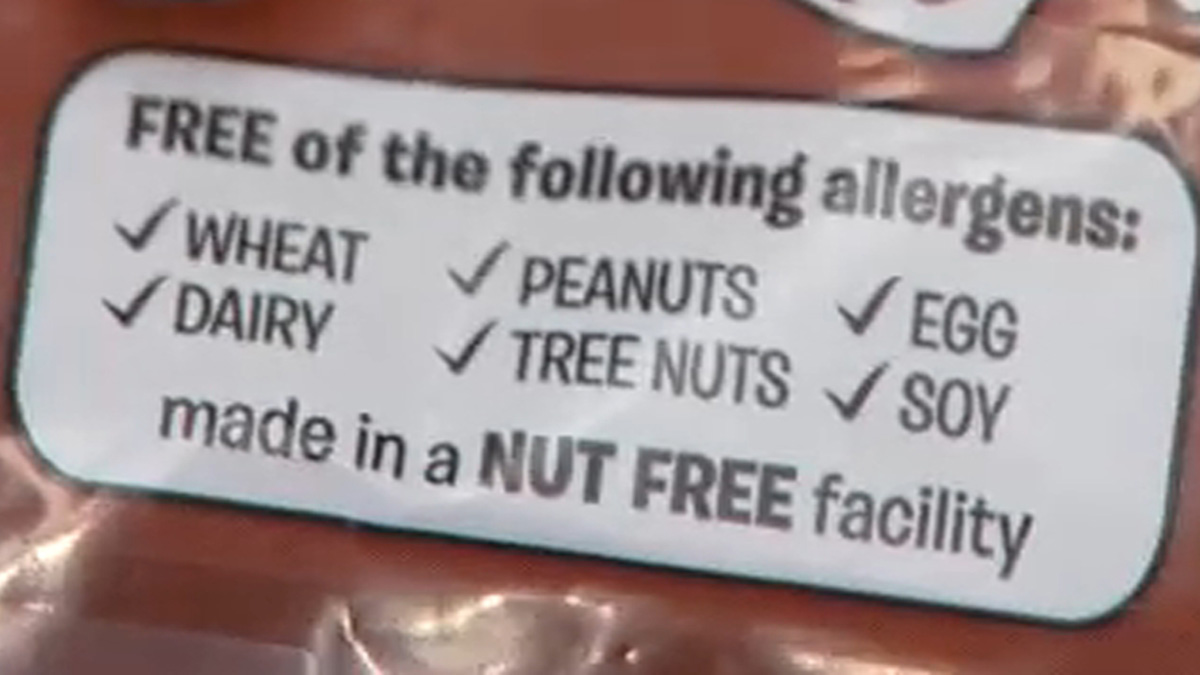
More adults are developing food allergies and intolerances, but how do you identify what you may have? NBC 5’s Lauren Petty reports.
Sid Fullarton may only be 8 years old, but he's well aware of his life-threatening food allergies.
"Eggs, nuts, seeds, fish, chickpeas," Sid said, listing all the foods he’s allergic to.
Sid carries a small Spiderman pouch with epinephrine and allergy medications everywhere he goes. His younger sister, 5-year-old Lola, has allergies too.
"I’m allergic to the same things as Sid, except for peas. And I’m also allergic to food dye," Lola said.
Feeling out of the loop? We'll catch you up on the Chicago news you need to know. Sign up for the weekly Chicago Catch-Up newsletter here.
Their mom, Shayna Fullarton, is so vigilant about what the Lake Forest family eats, she started noticing she didn’t feel well after eating certain foods, particularly sushi and surf and turf, and went to her doctor.
"Through exams and blood work, we determined I had developed a shellfish intolerance along with some other things," Fullarton said.
A food intolerance is different from a food allergy, according to Dr. Ruchi Gupta, director of the Center for Food Allergy & Asthma Research (CFAAR) at Northwestern Feinberg School of Medicine and Lurie Children’s Hospital.
Local
Food allergies are immune-mediated, so your immune system sees the food as an invader and goes on attack, and that's a food allergy," Dr. Gupta said. "An intolerance, on the other side of the spectrum, is usually your inability to digest the food."
During the pandemic, Dr. Gupta wrote a book, "Food Without Fear," to help people identify, prevent and treat food-related issues.
"Eighty-five million adults are avoiding foods in the U.S., but a lot of times you eat a food and have a negative reaction, and then you don't go to a doctor to get a diagnosis,” Dr. Gupta said.
Getting that diagnosis could be life-saving. Nearly half of the more than 26 million American adults with a food allergy, about 10% of all adults, developed at least one food allergy after the age of 18.
Ogie Ezeoke is one of them. She grew up eating crab, lobster and crawfish, but in college, she went to the emergency room after eating a lobster patty.
"I got epi on the way and got epi at the hospital and I got tested and discovered I had a shellfish allergies," Ezeoke said. "I think a lot of people aren't aware that this can happen later in life."
Dr. Gupta says writing down your symptoms is key to determining if you may have a food allergy or intolerance.
"If you're not sure what it is, then it's important to go to your primary care doctor, your internist, your pediatrician. Take your symptoms, all that information and then they'll make a decision," Dr. Gupta said.